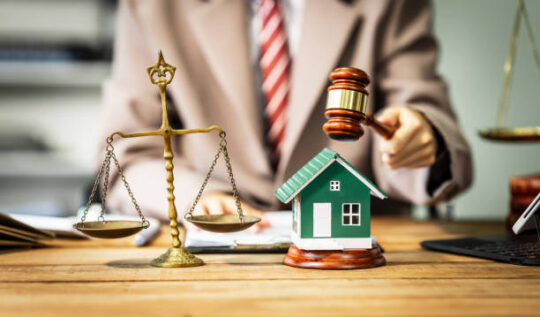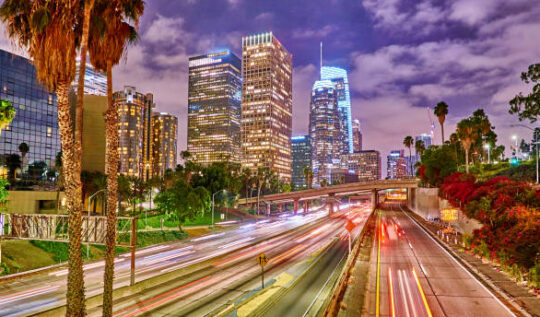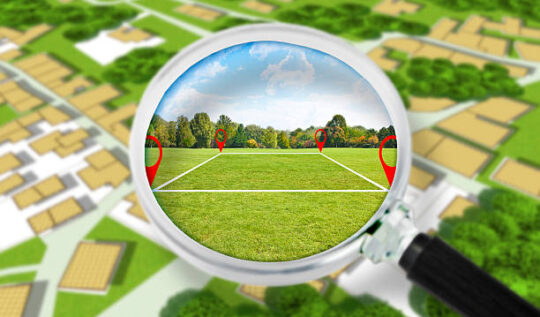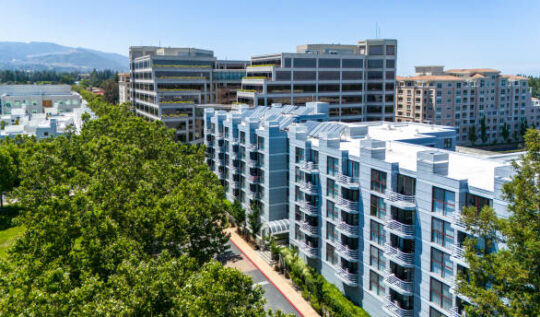Why Many Buyers Avoid South LA Real Estate — And Why Some Shouldn’t
The Los Angeles real estate market is a paradox. On one hand, it’s one of the most expensive housing markets in the nation, where modest single-family homes in popular neighborhoods often fetch $1.2 million or more. On the other hand, there are still pockets of relative affordability — often south of the 10 Freeway — where homes can be found for hundreds of thousands less than the Westside or Hollywood. And yet, many buyers, especially first-time buyers, won’t even consider these areas.
Table of Contents
ToggleAs someone who’s spent years advising clients in complex urban markets, I see this pattern over and over again: buyers are desperate to “get into the market,” but when they come across lower prices in South LA real estate, they hesitate, citing crime, school ratings, and “vibes” as reasons to walk away. The irony? Many of these buyers don’t have school-aged kids, rarely walk more than a block for coffee, and plan to use their first home as a stepping stone, not a forever home.
The hesitation isn’t irrational — but it’s worth unpacking.
Perception vs. Reality in South LA Real Estate
When someone says “South LA,” the image in their head can vary dramatically depending on their background. Longtime residents know the nuance: South LA is not a monolith. It’s a patchwork of dozens of neighborhoods, each with its own history, demographics, and development trajectory.
Places like Baldwin Hills, Windsor Hills, and Ladera Heights have been upper-income and stable for decades, boasting large homes and established homeowner communities. Other areas, like West Adams and Jefferson Park, are in the midst of rapid gentrification, with new cafes, art spaces, and mid-century remodels attracting young professionals. Then there are pockets that still face serious economic challenges, higher crime rates, and infrastructure neglect.
The problem is, many buyers lump the entire region into one mental category — a leftover from the “South Central” label that stuck in the public consciousness during the 80s and 90s. This stigma persists even when parts of South LA now have median home prices that rival neighborhoods considered “safe bets” just 10 years ago.
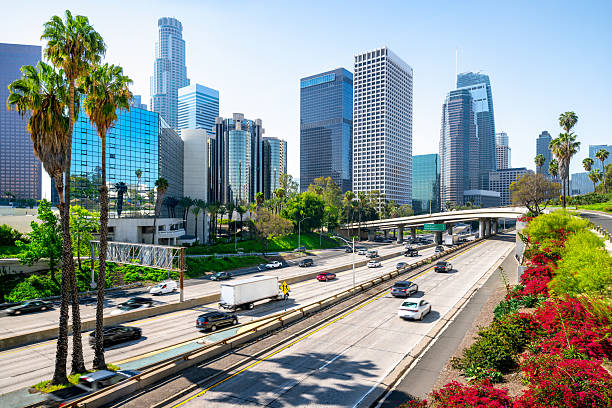
The School Zone Question — Even Without Kids
One of the most common reasons buyers give for avoiding South LA is school ratings. And yes, on paper, many public schools in the area have lower scores than their counterparts in wealthier zip codes. For families with children, this can be a dealbreaker.
But here’s where it gets interesting: I’ve seen couples who have no intention of having kids, at least in the next decade, still rule out entire swaths of the city over school zones. Why? Because they know that school quality often correlates with neighborhood investment. Areas with stronger schools tend to have more stable property values, better city services, and a more visible sense of community upkeep.
From an investment standpoint, that logic makes sense — but it can also cause buyers to miss out on undervalued opportunities. A neighborhood’s school performance today doesn’t necessarily predict its long-term trajectory, especially in areas where redevelopment is already underway.
Walkability, Amenities, and the “Lifestyle Gap”
Another sticking point is lifestyle fit. Many transplants to LA come with a mental picture of their ideal neighborhood: morning jogs past boutique coffee shops, friendly chats with neighbors at the farmers market, and a short walk to trendy dining spots.
South LA, depending on the neighborhood, may not fit that mold — yet. Some areas have limited walkable amenities, meaning residents drive for most errands. Public perception around safety can also make casual strolling less common. For young professionals used to the hyper-walkable vibes of places like Echo Park, Culver City, or Santa Monica, this can be a culture shock.
But here’s the question I pose to clients: is this your forever neighborhood, or your first neighborhood? If it’s the latter, you don’t necessarily need every lifestyle box checked on day one — especially if the trade-off is building equity faster.
The Stepping Stone Strategy
Here’s the reality: the “starter home” in Los Angeles is becoming an endangered species. Prices have climbed so high that many first-time buyers simply can’t afford to buy into their dream zip code.
That’s where South LA real estate comes in. Buying in a developing area can be a calculated stepping stone strategy:
Lower entry cost: You can get more square footage or a better lot for the same budget.
Potential for appreciation: As redevelopment spreads, property values can climb faster than in already-established neighborhoods.
Equity building: Even if it’s not your perfect location, three to five years of equity growth can position you for a move-up purchase.
Yes, you may trade some convenience or prestige in the short term, but you’re getting something just as valuable: a foothold in the LA market.
The Risks You Can’t Ignore
Of course, this isn’t a romanticized pitch for buying “anywhere south of the 10” without doing your homework. Some of the concerns buyers have are legitimate, and pretending otherwise does a disservice to anyone considering the move.
Key risks include:
Safety concerns: Crime rates can vary block by block. You need local insight, not just online crime maps.
Uneven city services: Trash pickup, street repair, and code enforcement can be inconsistent.
Slower amenity growth: Gentrification is not a guaranteed process. Some neighborhoods may stagnate for years before attracting significant private investment.
Resale liquidity: Even if your property gains value, the pool of buyers willing to purchase in certain neighborhoods can be smaller, affecting how quickly you can sell.
Top Reasons Buyers Avoid South LA
- High crime perception despite improving safety data.
- Older housing stock needing costly renovations.
- Limited awareness of redevelopment projects.
Median Home Price Comparison
| Area | Median Price |
|---|---|
| South LA | $650,000 |
| West LA | $1,250,000 |
How to Evaluate South LA Real Estate Like a Pro
If you’re open to exploring South LA as a buying option, here’s the approach I recommend to my consulting clients:
Hyperlocal Research
Forget broad neighborhood labels — focus on specific blocks. The difference in atmosphere between two streets can be dramatic.Talk to the Locals
Mail carriers, delivery drivers, and long-term residents are invaluable sources of neighborhood intel. They know which streets feel safe at night, which have active neighborhood watch groups, and which are on the upswing.Visit at Different Times
A neighborhood can feel peaceful at 10 a.m. on a Tuesday and completely different on a Friday night. Spend time there during evenings, weekends, and even holiday weekends.Track Development Projects
Keep an eye on city planning documents, new business openings, and public infrastructure projects. A new transit stop or retail hub can transform an area’s desirability in a few years.Understand the Exit Strategy
If your plan is to sell in five years, know your target buyer. Are you betting on young families, investors, or professionals priced out of trendier neighborhoods? Your renovation and staging decisions should align with that audience.
Gentrification: Opportunity or Trap?
South LA is already experiencing gentrification in certain pockets, with price surges following new developments like SoFi Stadium in Inglewood and the Crenshaw/LAX light rail project. This creates a double-edged sword.
For early investors, the upside can be significant. Properties bought for under $500,000 a decade ago are now selling for triple that. But for latecomers, much of the “easy” appreciation is already baked into the price.
If you’re buying today, you’re not entering the market at the ground floor. You need to run the numbers carefully to ensure the potential appreciation outweighs the risks.
South LA Real Estate Snapshot
- 🏠 Average Home Size: 1,200 sq ft
- 💵 Median Price: $650K
- 📉 Buyer Interest: Moderate
- 🔧 Renovation Costs: High
Price Gap Between South LA & West LA
The Emotional Factor
Let’s be honest — real estate decisions aren’t purely financial. Buyers want to feel proud of where they live. They want to invite friends over without worrying about parking or safety perceptions. They want a home that feels like a reward for their hard work, not just a line item in their investment portfolio.
This is where the conversation about South LA real estate gets complicated. You can show a buyer the numbers, the market trends, and the redevelopment maps, but if they don’t feel good about the neighborhood, the deal is dead.
And that’s okay — real estate is as much about lifestyle fit as it is about ROI. But for the buyers who can separate short-term emotions from long-term strategy, the opportunities are real.
Final Thoughts: Who Should Consider South LA Real Estate?
If you’re the type of buyer who:
Has a long-term view of wealth building
Can handle a less-than-perfect lifestyle fit for a few years
Values square footage and lot size over immediate neighborhood prestige
Is willing to do deep local research before making an offer
…then South LA real estate might be your ticket into the LA market.
If, on the other hand, you need every lifestyle box checked from day one, or you’re uncomfortable with the idea of navigating an area still in transition, you may be better off saving longer for a different neighborhood.
The key is knowing yourself — and your true goals. The first home you buy in Los Angeles doesn’t have to be your dream home. But if you buy smart, it can be the foundation that gets you there.
Ready to Explore South LA Real Estate? Don’t overlook opportunities others are missing. Our experienced real estate team helps buyers spot value and understand the local market with confidence. Schedule Your Free Consultation Today. Call us at (818) 233-0750 or contact us online to get started right away!

